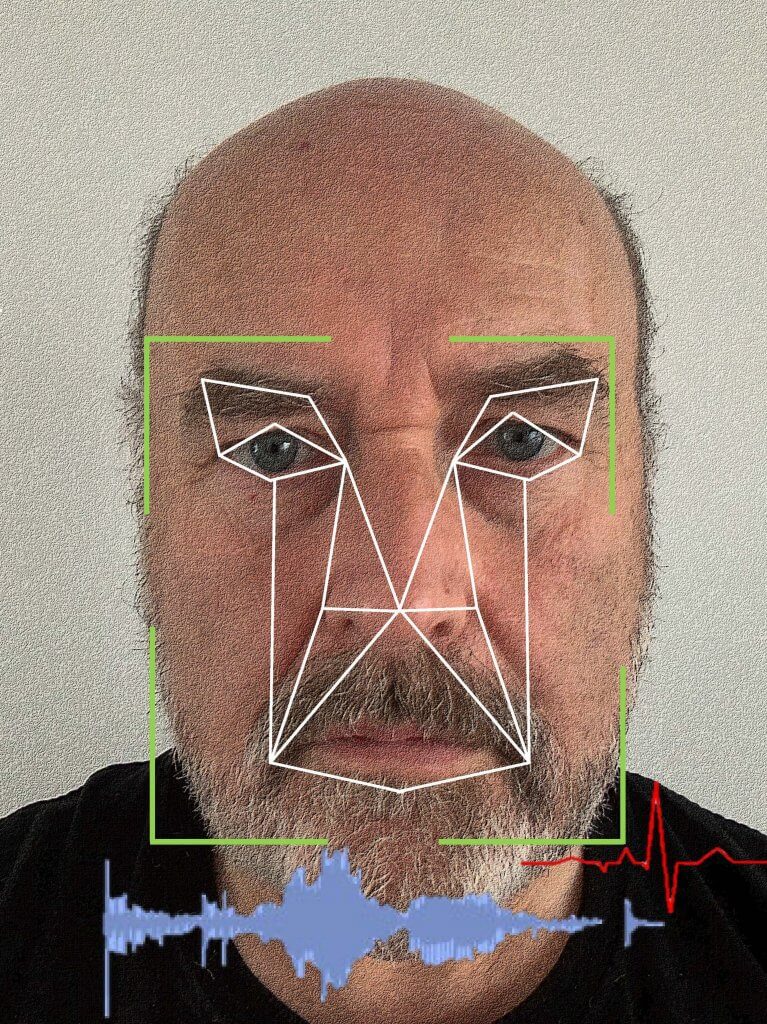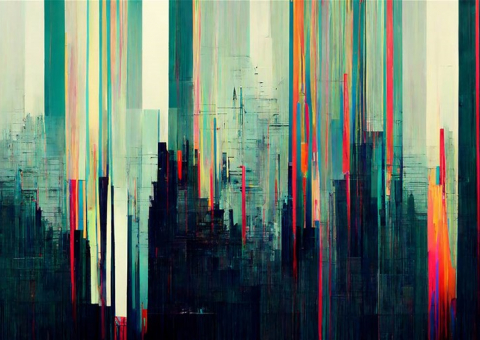Article published first in MEED Online.
Most of us recognise a genuine smile which reaches your eyes. Our faces are contracted, stretched and contorted using forty-three different muscles. We can produce thousands of distinct facial expressions – including nineteen different smiles. However, only one of these is not “fake” …the Duchenne smile.
“You can’t hide your lyin’ eyes
And your smile is a thin disguise
I thought by now you’d realize
There ain’t no way to hide your lyin’ eyes”
Lyin’ Eyes by the Eagles
Most of us think that we have the skills and experience to spot poker “tells” …. movement of the eyes, shuffling of feet, beads of perspiration etc. We convince ourselves that it is more scientific than simply intuition or “gut feel”. It is based on the premise that it is possible to set aside all prejudices and cultural backgrounds “to read someone like a book” and that the eyes are the “window to the soul”.
I am conscious of how I present myself when giving expert evidence and have experience of observing other experts and factual witnesses under cross-examination. I have not performed an analysis to know if my assessment of whether I am being deceived is reliable. I probably only remember the occasions when I have turned out to be correct.
I raise all this because hearings are now taking place virtually and the evidence suggests that this is working out fine. There were teething problems, but most are getting the hang of it. However, will we return to the way things were before the coronavirus pandemic?
There are other drivers at play, as Bill Gates recently said, the pandemic is a “walk in the park” compared to climate change. Can we really return to flying around the world to attend hearings? On the basis that we cannot return to business as usual, then can technology assist us to compensate for not being physically present? Is it time to use A.I. deception detectors?
I am not talking about wiring witnesses to polygraphs to monitor physiological changes. Technology has advanced to the extent that nonintrusive technologies can be used to work seamlessly with all the remote working platforms we have become accustomed to. Systems have been developed to use facial micro-expressions, skin tone, eye and voice changes to provide real-time analysis of whether the witness is attempting to deceive. AI. deception detection is founded on the principle that lies are there to be seen with the right tools and that lying takes more cognitive power than telling the truth.
The prospect of being able to tell what someone is thinking is alluring. Technology giants including Microsoft and Amazon, as well as more specialist companies, are offering algorithms designed to detect a person’s emotions from their face. The facial recognition industry is undergoing a period of significant growth with an estimated market value of US$12 billion in 2018, and a projected growth to over US$90 billion by 2024. Its growth will no doubt be hastened by the pandemic.
This technology is being deployed in the criminal justice system, for job interviews, education and immigration. I have read many claims about the technology from technology suppliers and institutions that have bought the software. However, it is more difficult to find convincing independent scientific studies that support the claims.
The “AI Now Institute” concluded that “no matter how sophisticated the computational algorithms . . . it is premature to use this technology to reach conclusions about what people feel on the basis of their facial movements.”
Notwithstanding the millions of dollars of investment and the potential market, it appears that A.I. deception detection cannot presently be relied upon. Does this mean that it is not possible reliably to judge someone from their appearance? In other words, is it possible to hide your lyin’ eyes?
Perhaps we should continue post-pandemic to hold virtual hearings because it may lead to better decisions. We may be able to rely less on visual clues from how a witness presents themselves and instead focus on the evidence and less on intuition. This prospect, together with all the benefits in terms of efficiency, contributes towards saving not only the planet but the human race, from the consequences of devasting climate change.
ABOUT THE AUTHOR
David McIntyre is a Partner in HKA’s Forensic Technical Services group, which provides engineering, architecture, project management and other technical expert services across many disciplines and industries.
David is an experienced construction professional, a leader in his field and included in Who’s Who Legal directory of Construction Expert Witnesses. He has a track record of assisting clients and their legal teams resolve disputes and negotiate settlements concerning the design, construction and safe operation and maintenance of a wide variety of mechanical systems including power and process plant throughout the world.
He has investigated many power, process and safety-related matters and given evidence in court and at international and domestic arbitrations.








